Traditionally, New Zealand homes have not been built fully weathertight. Even so, homes built before the 1990s were usually able to experience a small degree of leakage without suffering significant loss of durability.
A number of factors made even the smallest amount of leakage risky in new residential construction. These included the introduction of untreated timber framing in the mid-1990s, and the inappropriate use of new cladding systems on ‘Mediterranean’ or other complex architectural design styles from the late 1980s.
Poor workmanship, inadequate design and lax council inspections also contributed. In short, bad designs, inappropriate materials and shoddy construction created a large number of homes that look sound but are at risk of leaking and major degradation.
It’s past the 10-year cut-off - what are your options?
The Building Act establishes an absolute cut off on legal proceedings of 10 years from the date of the act or omission that gives rise to any claim relating to building work. In most cases this will be 10 years from the date of the Code Compliance Certificate, although in some cases the relevant date may be earlier.
This means other than for a few exceptions, and for owners of houses built within the last decade, the long-stop has now run its course, leaving many homeowners without any legal redress to the problem.
Check with your lawyer what your options are
Even with a property built more than 10 years ago, there are some situations when you may still have grounds for legal recourse:
- The CCC, or Code Compliance Certificate, may have been issued some years after your building was completed, meaning Council could still be liable.
- There could be warranty provisions in the sale and purchase agreement that give you legal recourse.
- The vendor, or their agent, may have misrepresented the condition of the property to you.
Whether you take legal action or not, you’ll still need a report on the actual condition of your property. From this you can make informed decisions on whether to do nothing, sell as-is, reclad, or to demolish and rebuild – either now or in the future.
Recladding can still be cost-effective, but before you start, you need to have undertaken enough investigation to be satisfied the project won’t balloon beyond your budget once underway. Cutting costs or being impatient at the beginning tends to lead to poor outcomes.
However, all building projects carry risk – the more unknowns, the greater the risk. So for those on restricted budgets, it may be more advisable to sell the property as-is.
Risk house: features that make buildings more prone to weathertightness issues
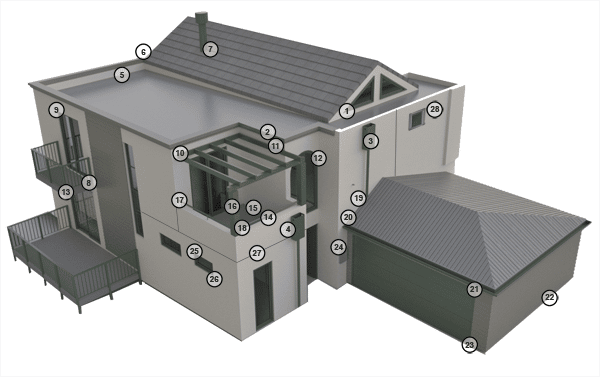
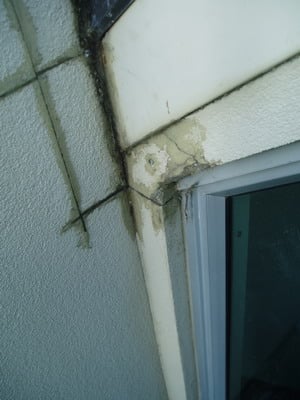
Defect
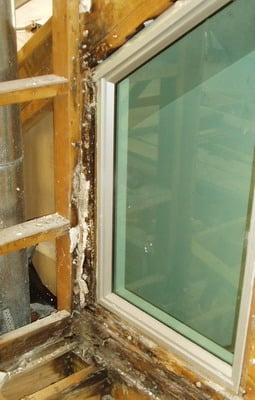
Resulting damage
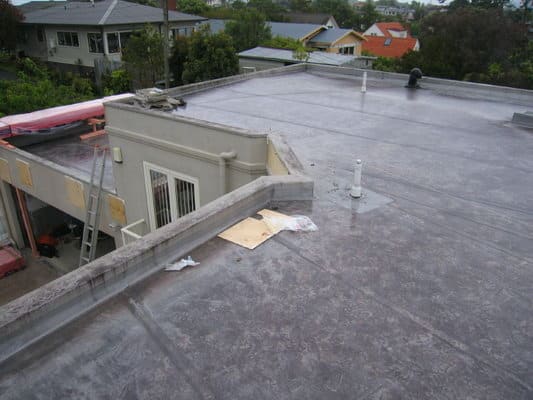
Defect
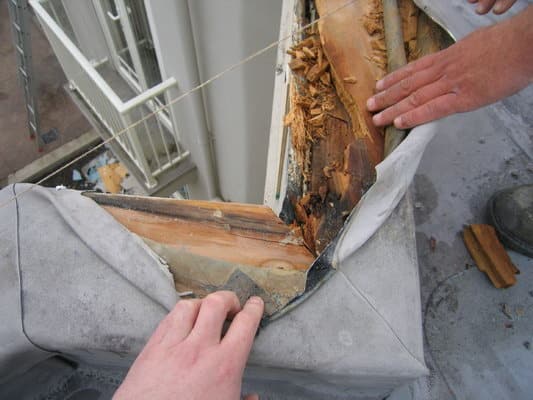
Resulting damage
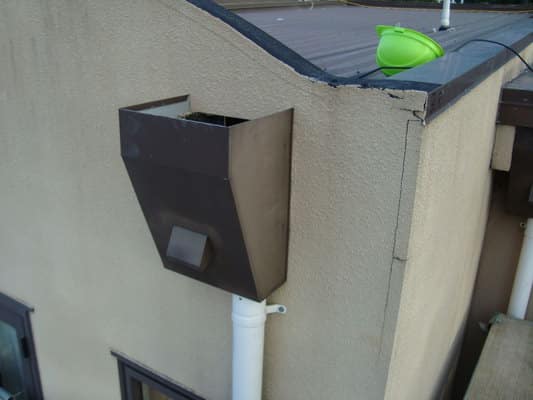
Defect
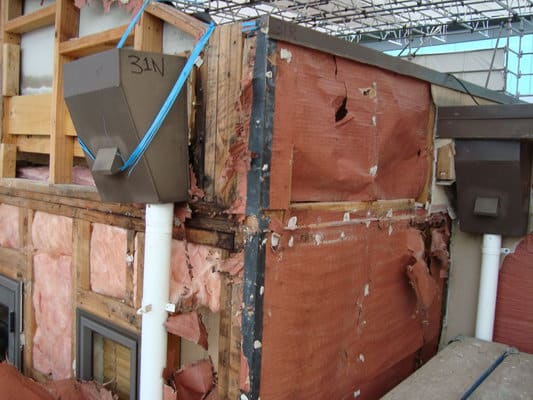
Resulting damage
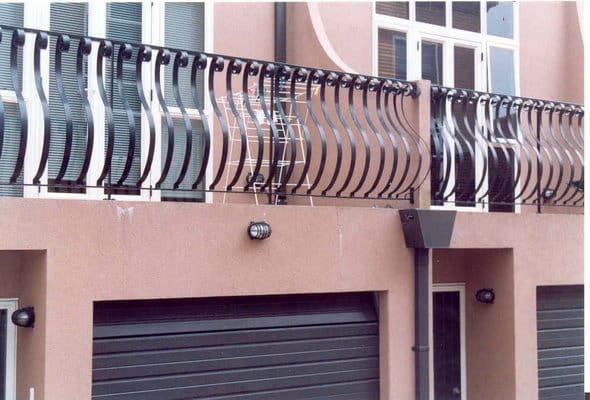
Defect
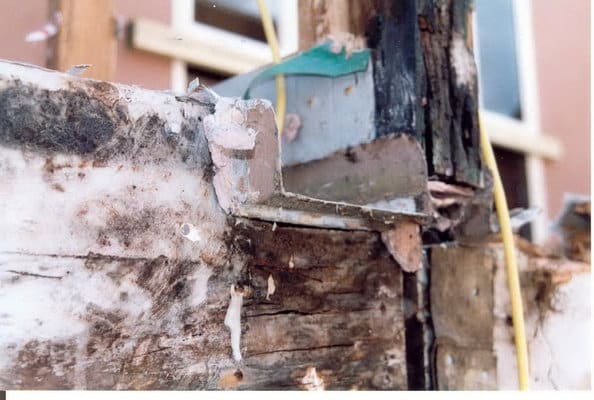
Resulting damage
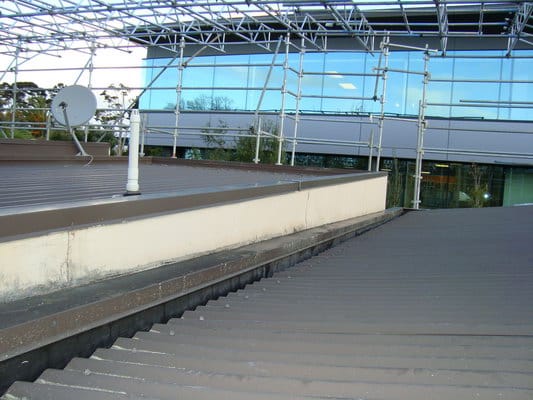
Defect
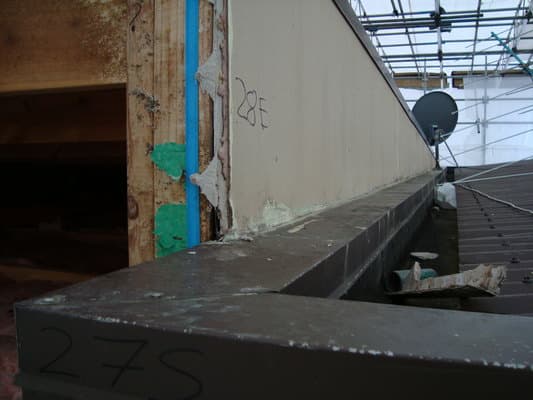
Resulting damage
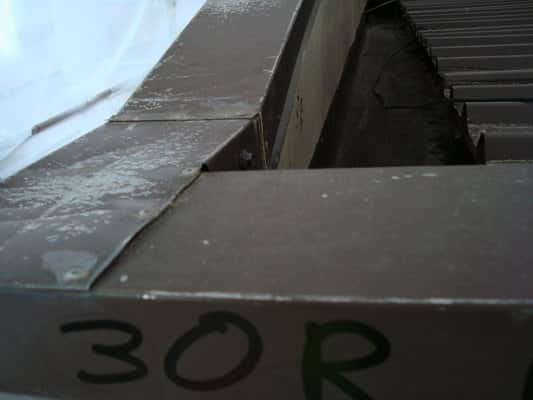
Defect
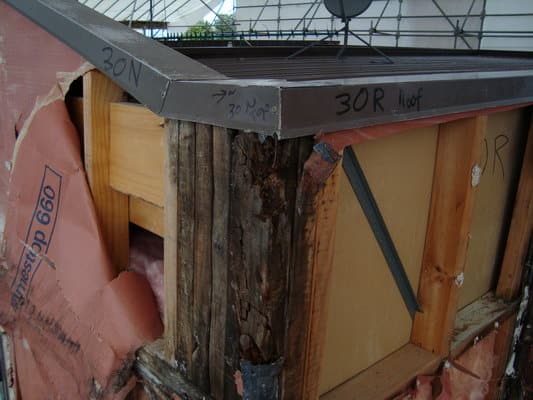
Resulting damage
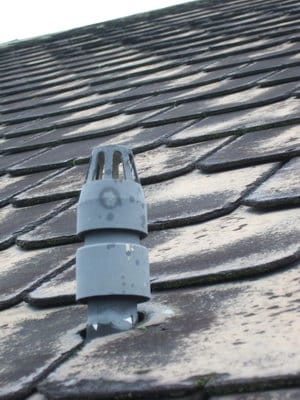
Defect
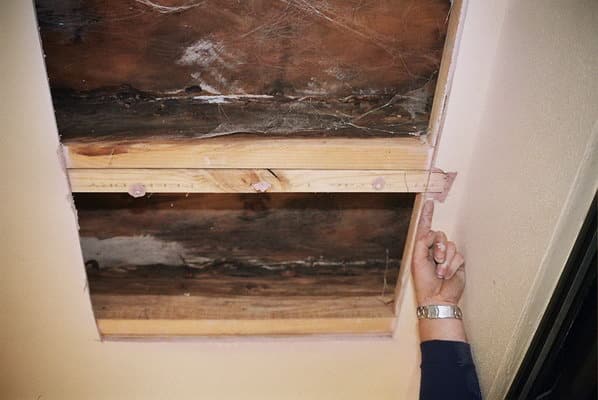
Resulting damage
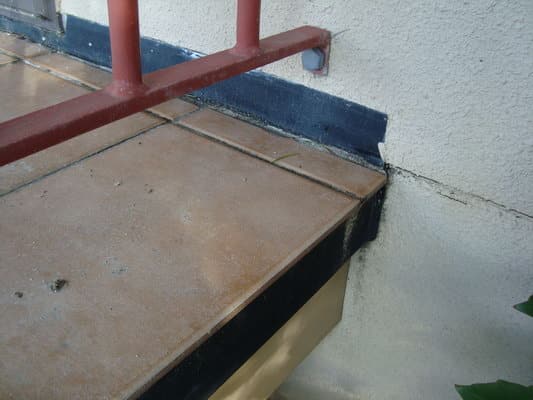
Defect
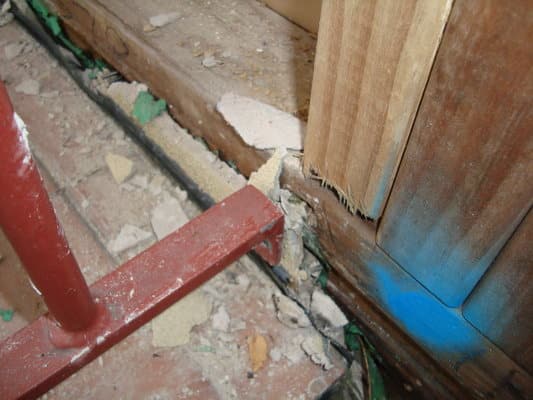
Resulting damage
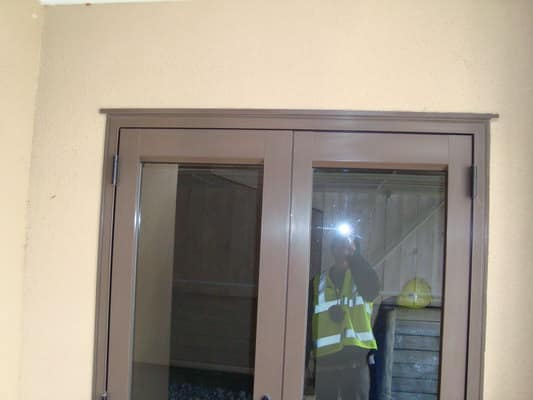
Defect
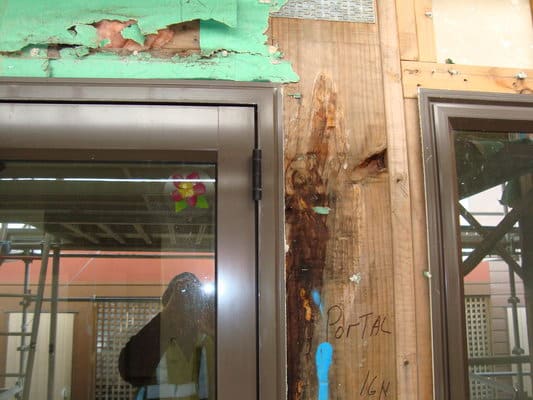
Resulting damage
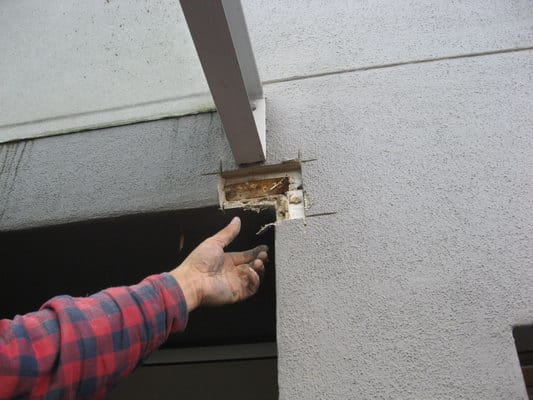
Defect
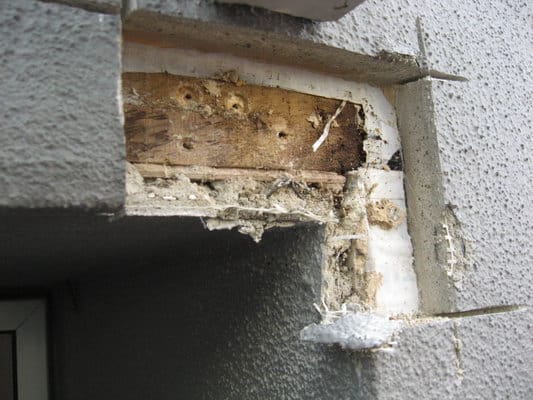
Resulting damage
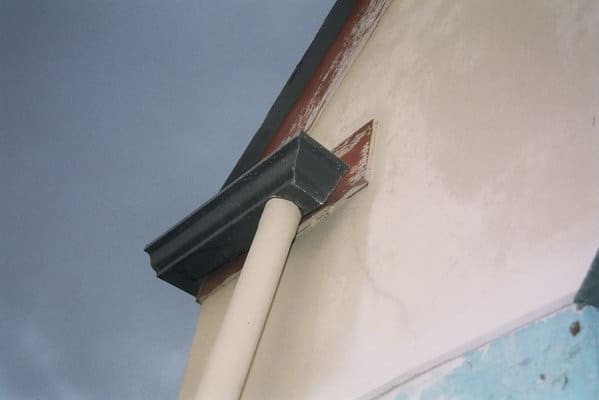
Defect
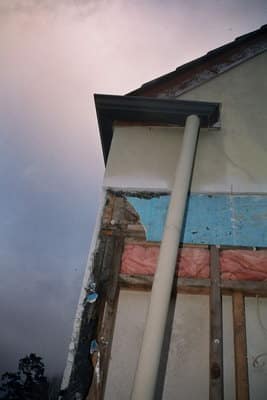
Resulting damage
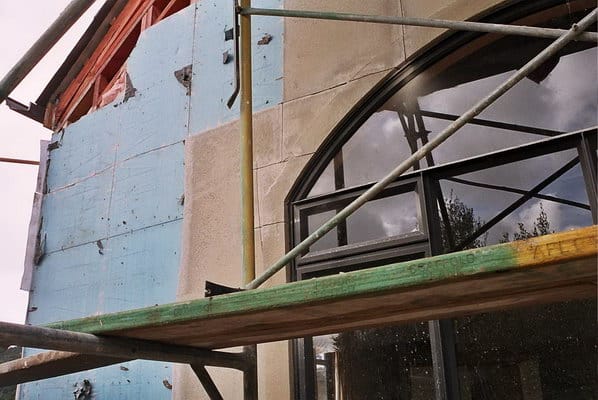
Defect
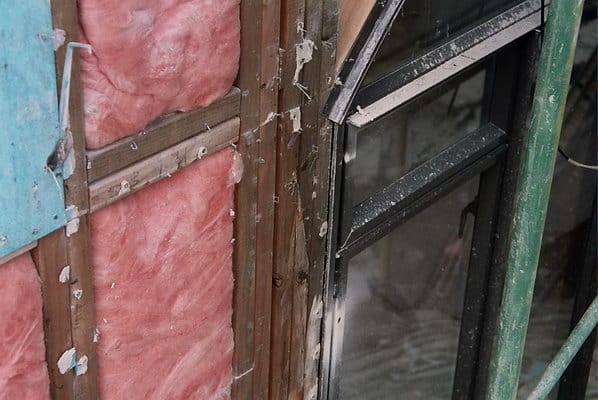
Resulting damage
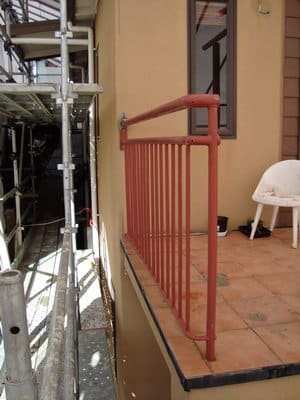
Defect
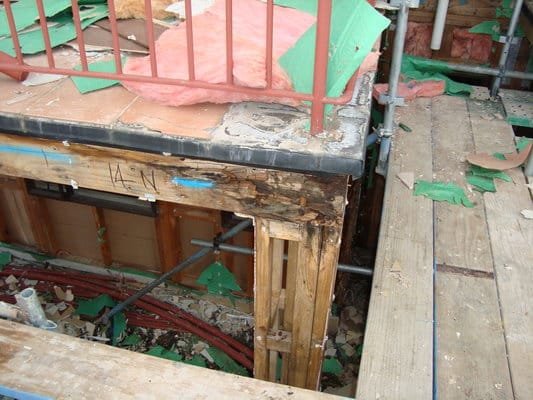
Resulting damage
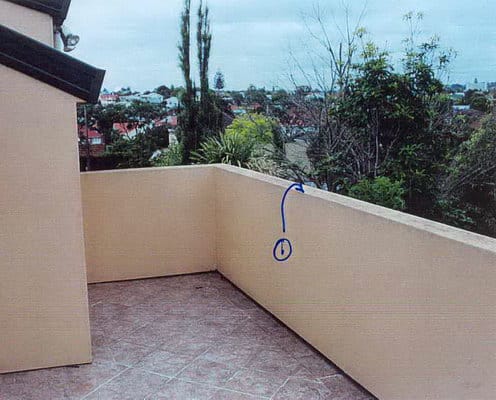
Defect
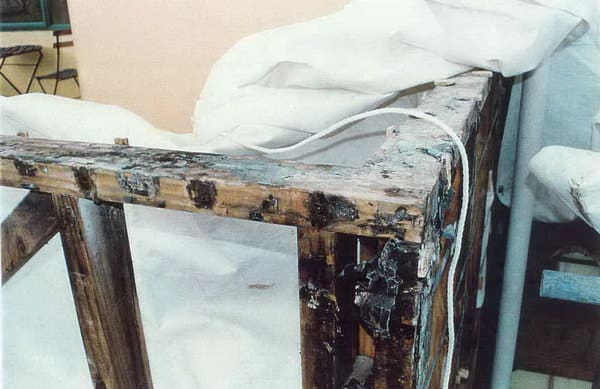
Resulting damage
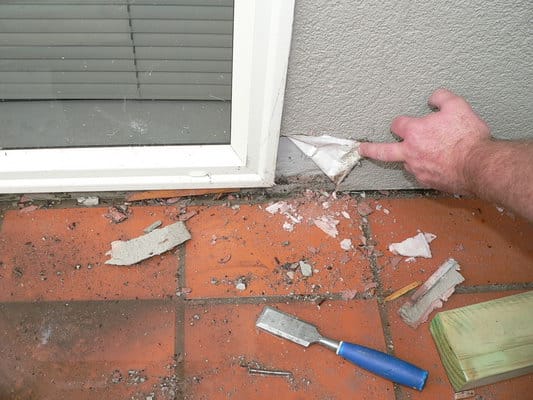
Defect
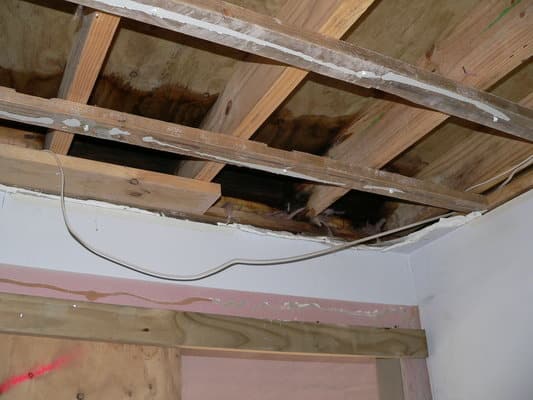
Resulting damage
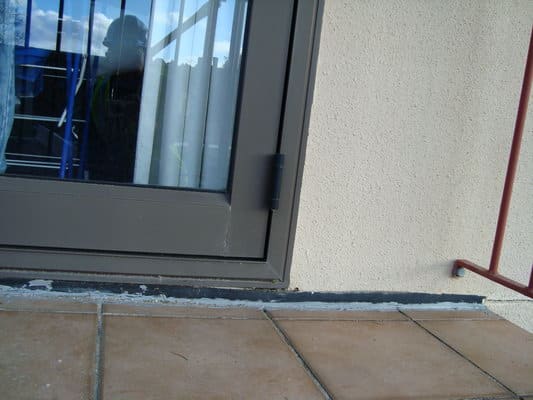
Defect
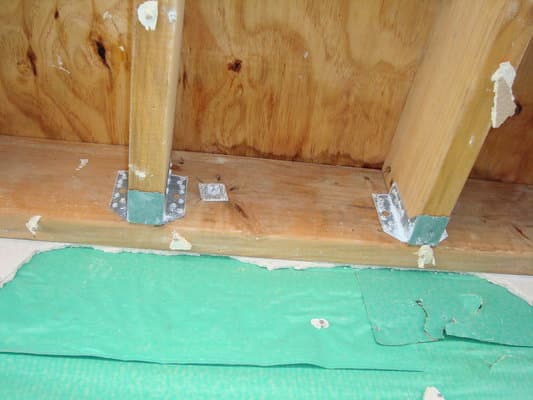
Resulting damage
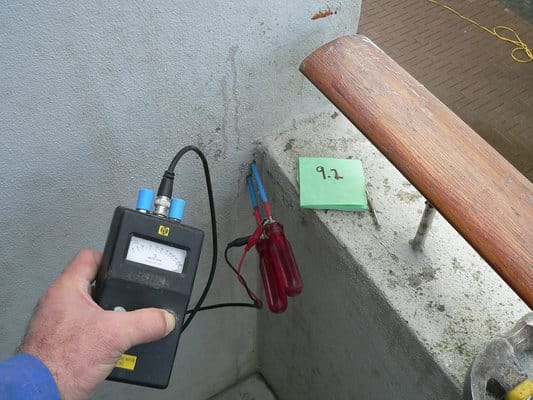
Defect
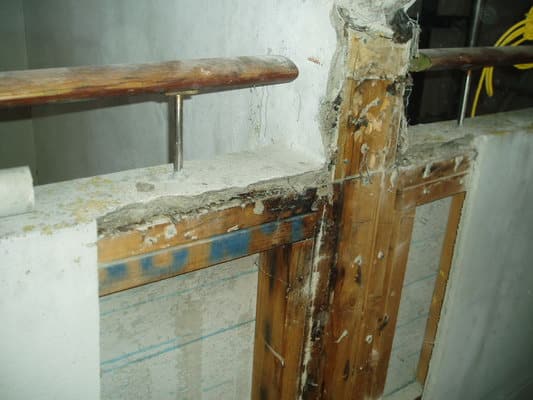
Resulting damage
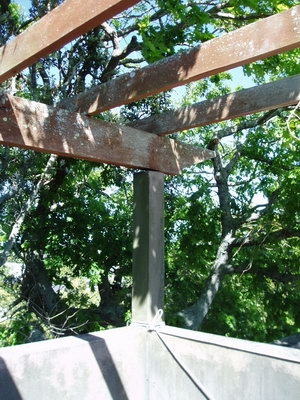
Defect
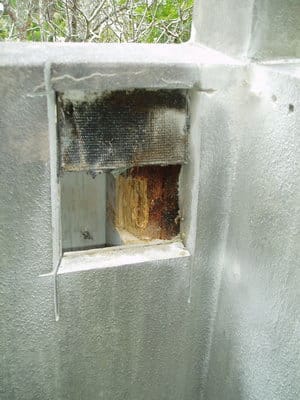
Resulting damage
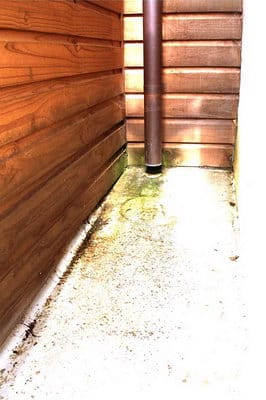
Defect
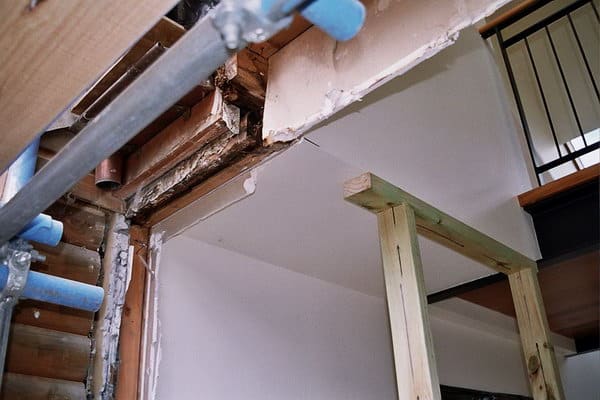
Resulting damage
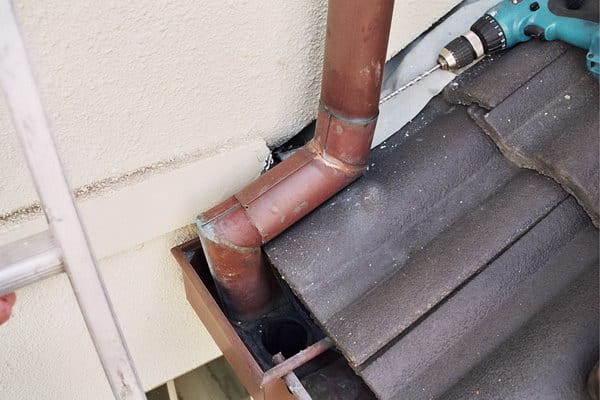
Defect
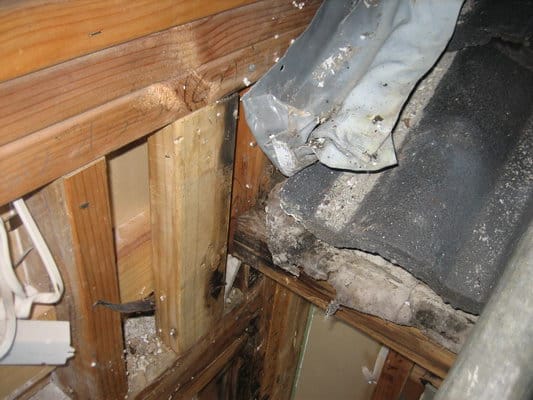
Resulting damage
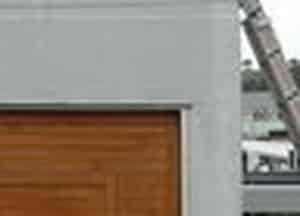
Defect
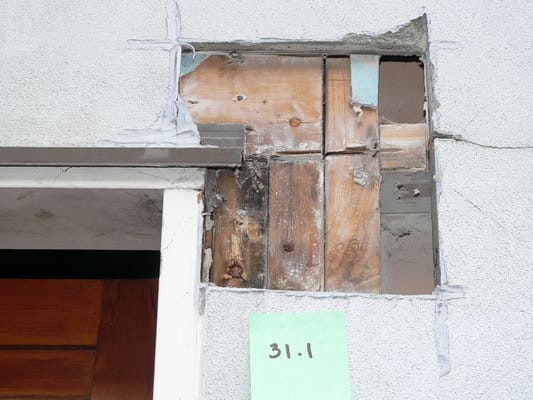
Resulting damage
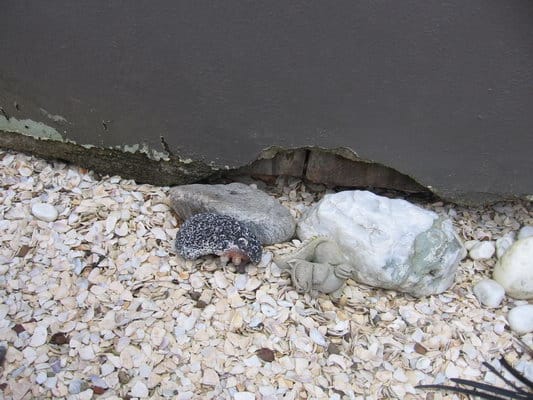
Defect
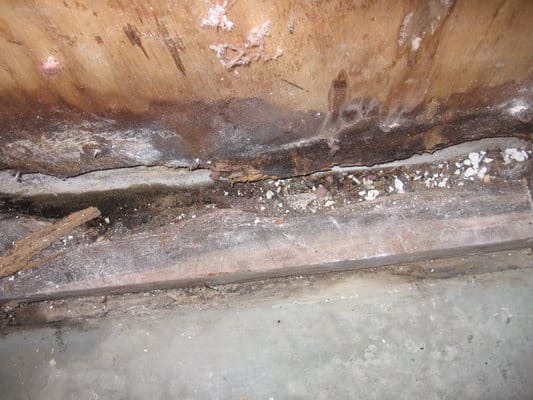
Resulting damage
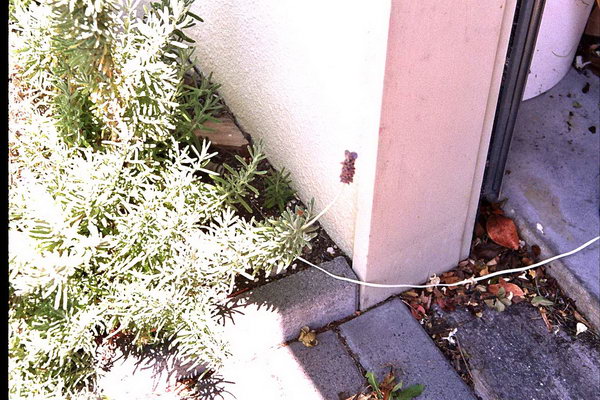
Defect
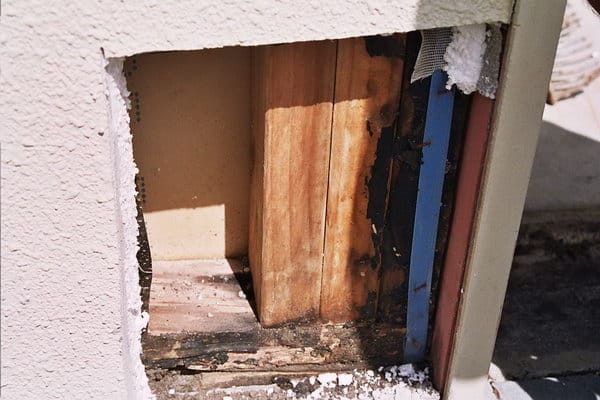
Resulting damage
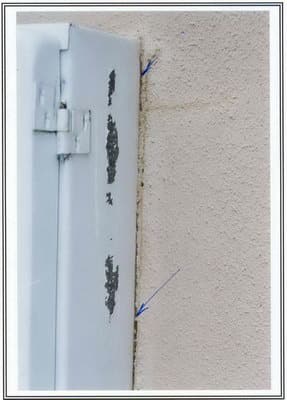
Defect
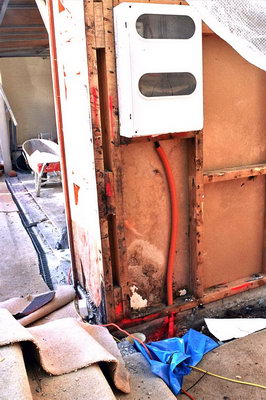
Resulting damage
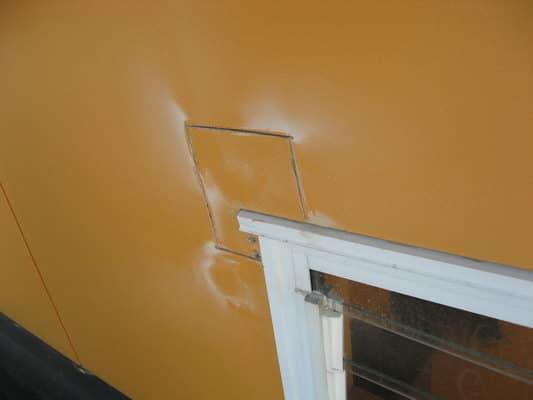
Defect
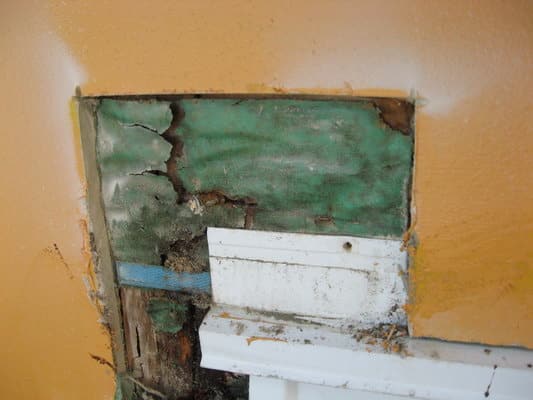
Resulting damage
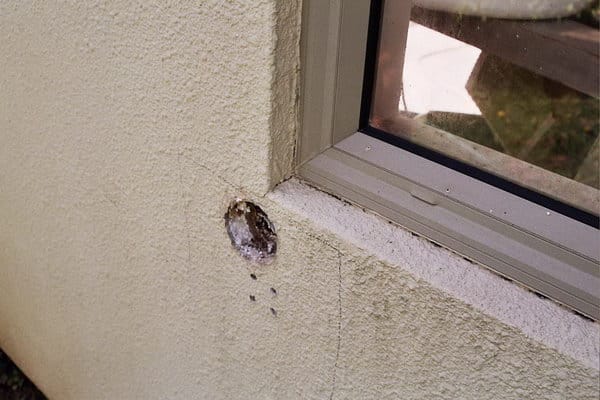
Defect
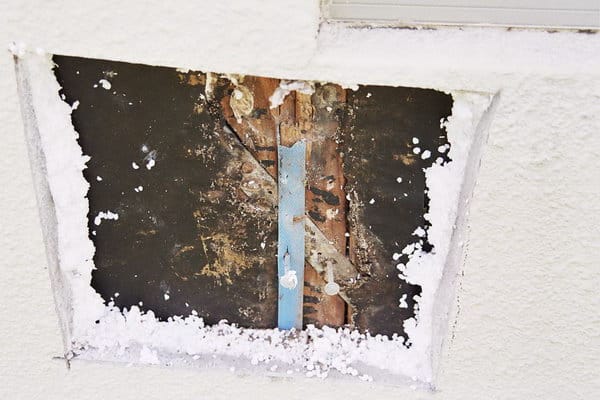
Resulting damage
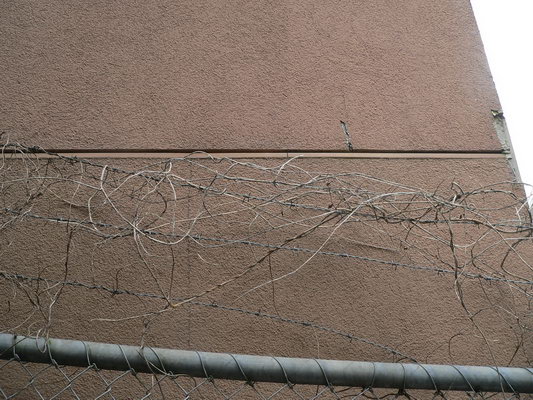
Defect
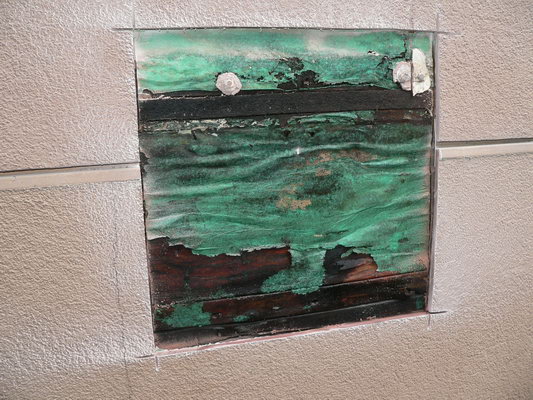
Resulting damage
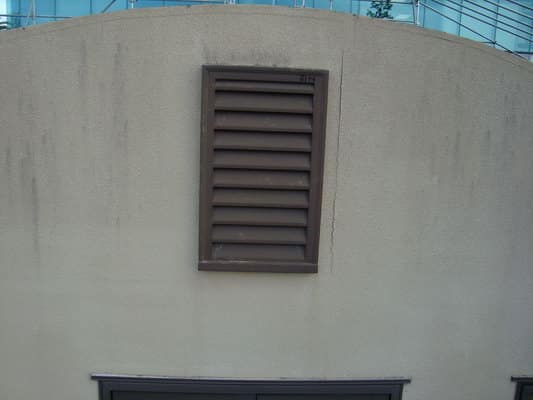
Defect
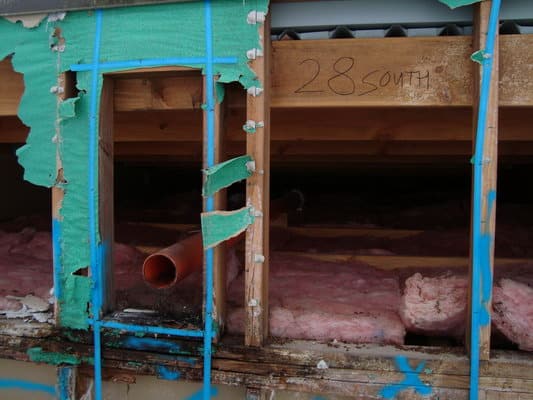
Resulting damage
The leaky building remediation process
The full remediation of a leaky building is effectively a three-stage process covering investigation and reporting, design, and administration of the construction contract. Prendos has unrivalled expertise in this area, and provides comprehensive and efficient solutions to leaky buildings, from initial diagnosis through to project completion, including expert evidence for legal claims if required.
With a multi-disciplinary team including building surveyors, architects, structural engineers, quantity surveyors, valuers, project managers and legal experts, our in-house team can offer a one-stop approach to leaky building remediation that few others can match, resulting in a streamlined and efficient process.
Stage One: Investigation and reporting
The diagnosis of a leaky building is usually determined by a two stage investigation: an Initial Investigation and a follow-up Detailed Investigation.
An Initial Investigation is a non-invasive investigative procedure that involves a building surveyor visiting the site to carry out a visual inspection of the building, discuss the history and owner’s concerns regarding the building, and to determine how a detailed investigation is best carried out.
Typically, as the result of an Initial Investigation, the building surveyor will produce a short report. However, if the owner is already aware of significant problems, it may be more cost effective to proceed directly to a Detailed Investigation. A short initial visit may still be necessary to determine safe ways to gain access to the exterior.
A Detailed Investigation helps determine the extent of defects and other issues that may be affecting a building. The investigation typically involves destructive testing where small holes are drilled in the external building envelope to detect the presence of moisture behind the cladding. If elevated levels of moisture are detected, or there are other concerns, small areas (300mm x 300mm) of cladding may be removed, and samples taken for analysis of decay and timber treatment.
Following the investigation, a report is provided with a recommended course of action. The report is typically used as the basis for the remediation design. If it is being used to support legal action then the report will need to be more comprehensive.
Stage Two: Design
The building surveyor works closely with the client and architect to develop a design brief that incorporates the necessary technical solutions to weathertightness issues, as well as taking into account building aesthetics and any additional work that may need to be undertaken. Once a brief is agreed, concept plans are drafted and the building surveyor generates a scope of works. A quantity surveyor then prepares costings to assist the decision-making process.
If a valuation is required to assist with obtaining bank funding, a property valuer can provide an anticipated market value based on the design concept.
On approval of the concept plans, full working drawings are prepared. Completed documents are submitted to the Council for building consent and tender documents are generated and supplied to interested building contractors.
Stage Three: Contact administration
On receipt of tenders from building contractors, a quantity surveyor undertakes a tender analysis and recommendations are presented to the client for acceptance. Construction contracts between the client and the builder are prepared, with the building surveyor typically named as the Contract Administrator.
The building surveyor typically administers the remediation project. Site visits are undertaken regularly to observe the works and to deal with any unforeseen construction issues that may arise. The building surveyor also identifies any in-situ decayed framing needing replacement, and collects any additional evidence of building failure for possible legal action.
Regular site meetings are held with the client and builder. The building surveyor processes progress claims from the builder (typically monthly) to certify they are correct. Final claims from the builder are processed and payment retentions are managed.
A ‘Defects Liability Period’ commences at the practical completion of the project, whereby a portion of the builder’s payments are retained for a period to cover any minor works (such as paint touch ups) that may become apparent. Producer statements and trade guarantees are provided to the Council and client.
Seeking legal recourse
Many owners seek legal redress through litigation from parties deemed to have contributed to their loss. Certain laws limit time periods for parties to be held accountable; it is critical that building owners seek legal advice as early as possible to determine if limitation periods curtail any redress.
In every case, the best outcomes result from good information, proper advice and informed decisions. Prendos can provide expert advice to help you make the right decisions about a leaky building. For more information see Weathertightness and leaky buildings.
